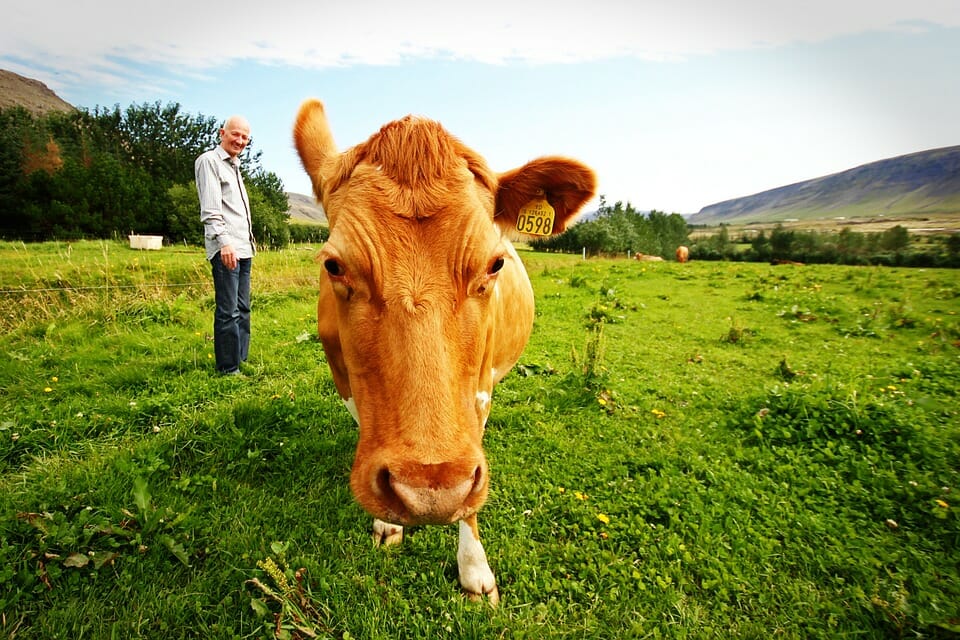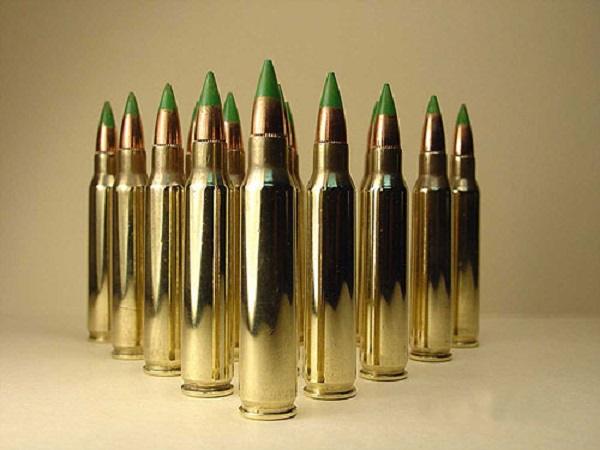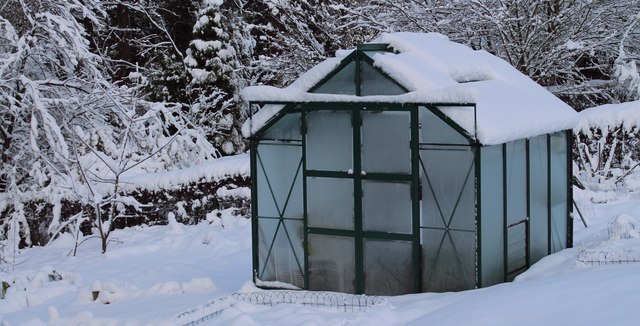
For most people, gardening is limited to the summer months, when the weather is warm. However, commercial growers don’t always depend on the weather being cooperative. While most farmers are limited by the weather as well, there are some who manage to grow their produce most of the year, if not all of the year.
Having extra growing seasons or even growing year-round has some distinct advantages. More than anything, it can ensure a year-round food supply, rather than having to depend on the food that one has canned in harvest time. It also evens out the workload, rather than working a huge garden in the summertime.
The key to this is a greenhouse. Greenhouses were invented by the ancient Roman Empire for the purpose of growing vegetables.
Although professionally built greenhouses are very expensive, made with aluminum framework and glass windows, you can build a homemade greenhouse quite cheap. A quick search online shows countless examples of homemade greenhouses, mostly made out of PVC pipe or 1 inch x 4 inch dimensional construction lumber and visqueen plastic sheeting. Of the two, building out of PVC is the easiest, although PVC pipe will become brittle after a few years if you have a lot of sunlight.
The Best Deals On Non-GMO Heirloom Seeds Are Right Here!
The key to using your greenhouse year-round is to maximize the heat produced inside it. Your goal has to be to keep the temperature inside the greenhouse above freezing. If you can keep it even warmer, that will be better for the plants. There are a number of things you can do to help accomplish this; not all of them need to be done, and you’ll need to pick a combination that works for your situation.
1. Use a double layer of plastic for the “windows”
Insulation helps, but most insulation blocks the light. So, instead of insulating the south and west sides of the greenhouse, use a double layer of plastic for the windows. That will double the R-value of the greenhouse. It may not seem like much, but it will help tremendously.
2. Use compost
The natural breakdown of organic material to make compost generates a lot of heat. Specifically, it is the bacteria that is breaking down the material which generate that heat. So, topping your garden beds with fresh compost before the cold weather hits will help to keep your plants, especially the critical roots, warm. Make sure that you add a good layer, two to three inches thick, as the bacteria like a warm environment. The thicker layer helps the bacteria create that warm environment.
3. Use black wood mulch for the walkways
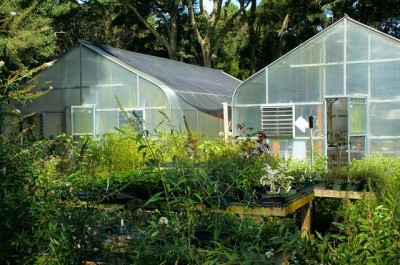
The space between your planting beds is prime real-estate for absorbing sunlight and converting it to heat. This can either be left as bare dirt or covered with black wood mulch. Whatever you do, make sure that it is black or at least dark colored, as dark colors absorb more sunlight. Black-colored cement would be even better, although it would add a lot of cost to your greenhouse.
4. Add heat-absorbing barrels
One of the best things you can do is to place black plastic barrels, filled with water, inside the greenhouse, where the sun can strike them. The sunlight entering the greenhouse will be absorbed by the black plastic and converted to heat, warming the water inside. That water will act as a thermal mass, holding the heat like a battery, until it is needed. Then, usually after the sun goes down, that heat can be radiated into the air.
You must be careful about the placement of these barrels, so that they do not block the sunlight from reaching any of your plants. Remember that the sun will be lower down on the horizon, so sunlight will be blocked easier. The best place to locate these barrels is along the north wall of your greenhouse. For that matter, you can make the north wall out of them and then cover them up with white fabric in the summertime, so that they don’t create extra heat in your greenhouse.
5. Insulate the north side
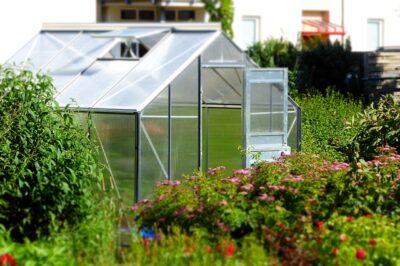
The north side of your greenhouse isn’t going to generate any heat for you. That’s because we live in the northern hemisphere and the sun is always south of us. So, there’s really nothing to be gained by having the north wall be clear plastic, like the other walls and roof. You’re better off insulating it with Styrofoam sheets, helping to hold in the heat and blocking any wind.
6. Build your greenhouse partially underground
Probably the hardest, but one of the most effective strategies is to build the greenhouse partially underground. The deepest you’ll want to go is about 4 feet, with another four feet of roof sticking up above the ground. By building it underground, the earth around the greenhouse will act as an insulator from the cold outside air. The lowest that the ground temperature can reach is 32 degrees Fahrenheit, so if you have colder air in the winter, the ground will actually be warmer.
This New All-Natural Fertilizer Doubles Garden Production!
This works extremely well if you can build your greenhouse into a south-facing hillside. The sun coming into the greenhouse can warm the earthen wall on the north side, just the same as it warms the ground. Between the two, it will produce more heat.
Add a heater, if you must
When all else fails and these ideas don’t keep your greenhouse warm enough, you might have to add a heater. This becomes more likely the farther north you go. A small space heater inside your greenhouse may be just enough to break the chill, especially at night. Don’t worry about producing too much carbon dioxide, as your plants will consume that, converting it to oxygen.
Finally, grow cold-weather plants. All plants are assigned a “growing zone” in which they grow best. These zones come from a map produced by the USDA and equate to the temperature encountered in those areas of the country. During the winter, pick out plants that grow best in the northern part of the country. This will be indicated by a lower growing zone on the seed packet.
Do you have a greenhouse? What tips would you add to the list? Share them in the section below:
Learn Dozens Of All-Natural Gardening Secrets. Read More Here.








